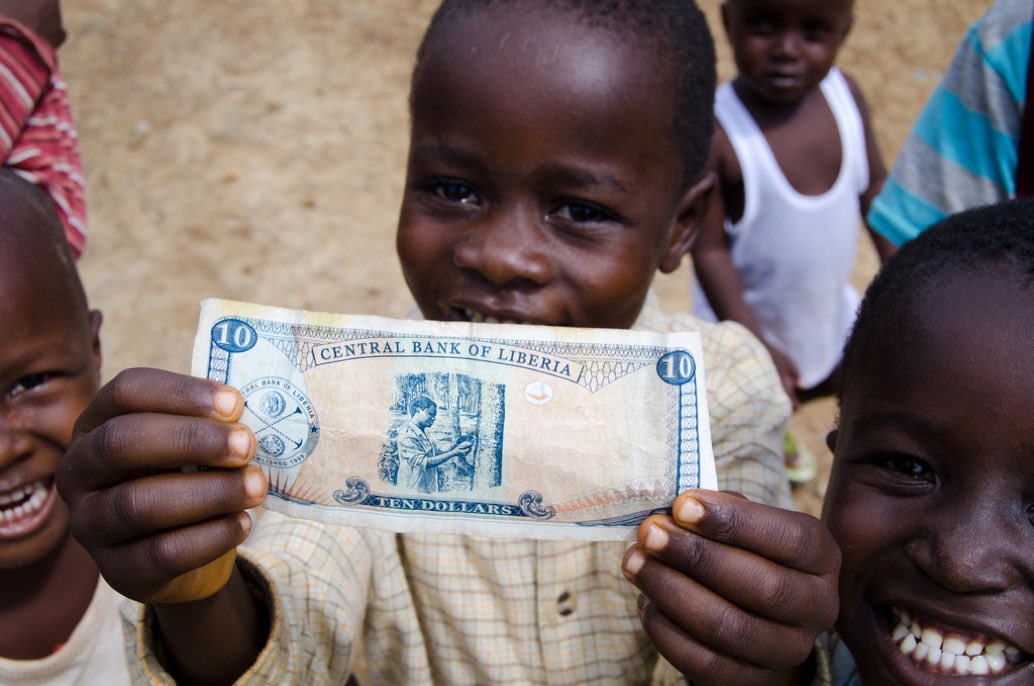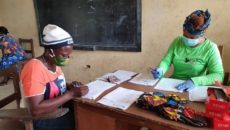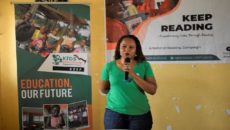Liberia has relied heavily on foreign aid for decades. Over the last two years, many international NGOs involved in community development have been leaving the country, some due to global economic crisis, others due to completing their mission. As most African leaders and development experts have been calling for a shift from international aid, there’s no better time to encourage local philanthropy.
But the question is, how do we harness the potential of local philanthropy in a way that complements the government efforts in driving sustainable development.
If you haven’t noticed, there is a rise in local giving among Liberians. This is a welcoming development, especially in a time of economic crisis and deepening poverty, the need for giving is critical more than ever before.
From corporations and companies giving through their corporate social responsibility, to wealthy adults and young Liberians who are desperate to change the status quo, it almost feels like a competition. This competition is especially intense between Rotary and Lions Clubs in Liberia, and birth month associations (a recent trend in Liberia) – raising thousands of dollars to undertake projects in communities, hospitals, clinics, and schools.
Quite recently, Abraham Keita, the 2015 International Children’s Peace Prize winner from Liberia, along with several other young Liberians, embarked on a fundraising campaign where they raised over US$1,000 in less than a week to support orphans in Liberia by shining shoes along the main streets of Monrovia in return for a fee.
Last year, SMART Liberia, a youth-led social venture that develops innovative, youth-driven solutions to empower young Liberians to be change-leaders in their communities and beyond, launched the LIB Giving Challenge where they challenged Liberians at home and abroad to pledge at least US$5 to empower more young Liberians. Through this campaign, they raised over US$5,000.
It is unclear of how much these local philanthropists have contributed to the development of their communities, due to lack of data (a huge challenge in Liberia). Through data, we can truly understand who really needs help, what interventions are more critical, and the impact of our giving on development. When we direct our resources towards critical areas of development, we can accelerate development and hope for a win against poverty.
As it stands, the giving community is disorganized, and this is because people don’t have access to the information they need to give smart. Don’t get me wrong, it is in everyone’s right to give however and to whom or what they want to give. However, giving smart to me means teaching people to fish rather than giving them fish. For our giving to really make a difference, we need to give to causes that empower people to take ownership of their development.
To address this issue, an emerging trend in some developing countries over the last two decades or more has been the shift towards community foundations. Community foundations use local resources and assets to empower civil society organizations. For centuries, they have been part of the culture of philanthropy in the United States and Canada. In the 1980s, community foundations were introduced in the United Kingdom, and most recently in the global south.
According to a Global Philanthropy for Communication report, from 2000 to 2010, the number of community foundations grew by 86 percent with local donors investing in various types of community development initiatives. These development interventions have been shaped by local context, culture and individuals frustrated by failures of their government, failures of traditional development aid, and inspired by the belief that without local resources, leadership, and commitment, there would be no sustainable development.
Community philanthropy organizations have three noticeable characteristics in common. Firstly, though external resources may form part of their funding structure, they facilitate a culture of local giving, especially from ordinary people. Through this model, people get to participate and take ownership of their development by deliberately rebuking the ‘beneficiary’ mentally of traditional development aid.
Secondly, community foundations support local community groups working to address real problems in their communities. These local community development organizations are birthed from the desire to improve their communities, but are often beyond the reach of donors and end up dying from lack of funding.
Finally, through transparent and accountable stewardship, community philanthropy organizations are building trust within and among the communities they serve. They build relationship at the local level with people who have and are willing to give their resources to those who have ideas and are working to solve the most pressing problems in their communities.
The Makutano Community Development Association in Kenya, through community resource mobilization, has constructed dams and wells and developed farmland by empowering residents to drive their own development. It has also driven residents to demand government to play its part.
According to Jenny Hodgson, executive director of the Global Fund for Community Foundations, community philanthropic institutions are highly valuable – not just as a strategy for funding, but because “development outcomes are more lasting when people have invested in their own development.â€
In Liberia, the Kids Education Engagement Project has built libraries equipped with computers across the country, trained teachers and empowered vulnerable girls through life skills just in three years. Most of this was made possible through local giving. Imagine what impact KEEP and countless of other local community development organizations could have if we support them with our resources, either directly or through community philanthropy organizations. Moving from foreign aid by amplifying local giving is a step towards gaining true independence and own our development.



